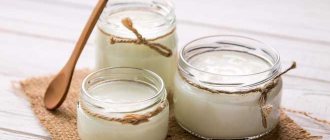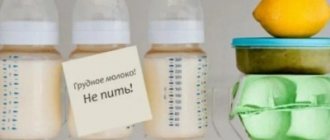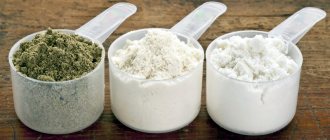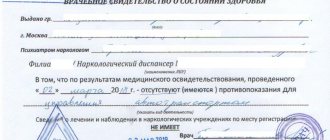Draft beer is a priori tastier than its bottled counterparts. It has a refreshing nature and non-trivial organoleptic characteristics that almost no other bottled intoxicant on the market can replicate. From this article you will learn what the shelf life of draft beer is, and also become familiar with the basic principles of storage, which will further help you improve your experience of tasting foamy beer even after a large amount of time has passed after purchase.
Factors affecting the shelf life of beer
The period for which draft beer can be stored at home is determined by numerous factors. The main ones among them are:
- Tare position. Optimal vertical storage.
- Light. Exposure to light accelerates the decomposition process and shortens its shelf life. Therefore, it is recommended to place the bottle in a dark place.
- Temperature. Each drink has its own optimal storage temperature, which depends on its type. Strong varieties will retain their taste as much as possible at 12-15 °C, medium strength should be kept at 10-12 °C, low-alcohol varieties should not go beyond 7-10 °C.
- Stability. Absolutely any type of foam requires maximum stability. To achieve the best result, you should provide him with peace. Eliminate temperature fluctuations, the influence of light rays and mechanical influence.
The most optimal container for storing draft beer at home is dark glass bottles. But the most common method of sale is a plastic bottle. The storage period has its own subtleties.
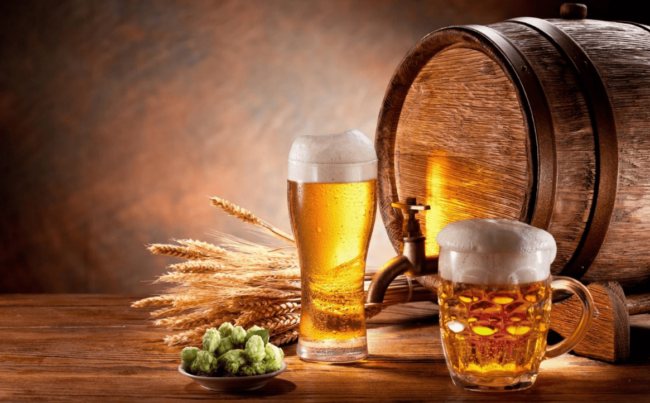
Shelf life of draft beer in a plastic bottle
Plastic is the most cost-effective material. But it cannot provide all the necessary conditions for the safety of the product. Therefore, it is recommended to consume the drink on the day of purchase. If this is not possible, the following rules should be followed:
- The average storage period should not exceed 3 days. At the moment of spillage, the liquid comes into contact with air. As a result, the qualitative and quantitative composition changes, and the true taste is lost.
- Even strong clogging cannot provide complete sealing. This means that quality is being lost every minute, even if very slowly.
- Dark plastic will better protect the liquid from sunlight.
Pasteurization and filtration significantly increases the shelf life of the drink. In this case, the manufacturer may indicate a period of up to 6 months. However, to get the most natural taste, it is better to consume beer within 2-4 weeks, provided that it is purchased in original packaging. After purchasing a bottled product in a plastic bottle, it is advisable not to store it for more than 2 days.
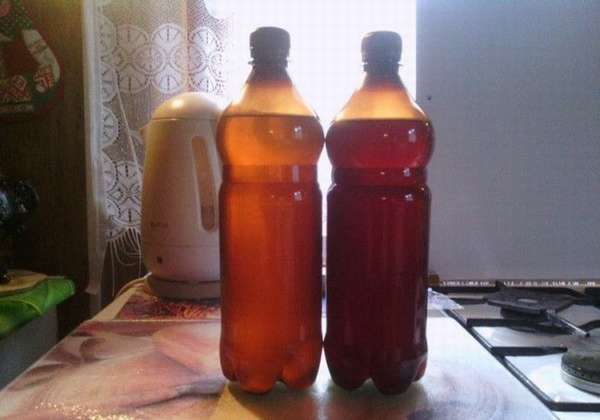
How to determine the freshness of beer
First of all, to ensure your beer lasts as long as possible, pay attention to its freshness. If you buy draft varieties, ask the seller how long ago the keg was opened. If this period does not exceed a week, you can buy the drink without fear that it will be spoiled. Otherwise, a characteristic white precipitate appears in the liquid. It gives the product an unpleasant sour taste.
If the seller is unverified, take a closer look at the quality of the foam. If it blows off easily, the product is spoiled. Good foam will last a long time and will leave marks on the walls of the container.
If you prefer beer in original packaging, take a closer look at the bottle (can) and label. The container must be smooth and uniform in color, without flaws. If the drink bubbles under the lid, it means the container has been opened, and consuming such a product is extremely dangerous. The label must contain information about the manufacturer, storage standards, and composition. There must be a barcode and a warning about excessive alcohol consumption.
We recommend: Is it possible to freeze sausages in the freezer: boiled and smoked sausage
Shelf life of beer depending on the type
The conditions and shelf life of any type of beer are established by the producers of a particular brand. This fact is indicated in GOST 31711-2012.
The most popular types of intoxicating drink are:
- Alive. Not pasteurized or filtered.
- Unfiltered, unclarified.
- Unfiltered clarified.
- Homemade.
- Craft or draft.
Living foods have a minimum shelf life. It is very sensitive to ambient temperature: too low values will lead to the death of bacteria and spoilage of the product. If optimal conditions are created, live beer can be stored in a closed container for 2-3 days.
Unfiltered and unclarified beer retains its properties for only 2-3 days.
During filtration, some yeast and bacteria are eliminated from the product. As a result, it can last longer. This procedure changes the taste of the drink.
The addition of preservatives can ensure that draft beer is stored in plastic bottles for very long periods of time. But in this case, health safety and its benefits remain in question.
A pasteurized product does not contain bacteria or harmful substances that remain after the fermentation process. To achieve this, the manufacturer thermally treats the liquid, heating it to 60-80 degrees. Pasteurized beer can retain its properties for 6 months. And if the manufacturer also adds preservatives, then the period increases to 12 months. By filtering you can increase this period to 6 months.
Storing homemade beer may differ not only in terms, but also in conditions. In this case, the production method plays a big role. Additionally, compliance with sanitary standards can affect the quality and shelf life of homemade beer. This concerns tightness and sterility. The subtleties and shelf life of craft beer are similar to the previous type.
In glass
A good option for preserving the gastronomic qualities of the product is if draft beer is stored in a glass container. Its advantages are as follows:
- It is easy to reuse later.
- Eco-friendly and no harm to nature.
- Aesthetics.
- Withstands high pressure from gases.
- For alcohol with long aging, glass containers with a yoke or crown stopper are much better suited. They are sealed and do not allow air and carbon dioxide to pass through.
How long can draft beer be stored in a glass bottle if it has not been opened? A live draft drink in a hermetically sealed glass bottle will preserve freshness, taste and benefits for the body for 8 days. Once opened, the shelf life is reduced significantly. Craft beer can be stored in glass for 5 days.
When choosing a bottle for storing a carbonated alcoholic drink, give preference to containers made of dark types of glass.
Sometimes there is not enough space in a home refrigerator, which makes storage space difficult. Is it possible to store beer at home outside of the refrigerator? Yes, you can, but there must be a suitable ambient temperature so that it does not deteriorate ahead of time. Often, basements, cellars, balconies and loggias are used as an alternative to a refrigerator.
Features of storage in kegs
There is no brewing company that makes beer exclusively for drinking in bars. Such production does not bring economic benefits. Therefore, the bottles and kegs contain the same product.
A keg is a durable steel container. There are many volume options from 5 to 100 liters. This storage method is considered to be the most reliable. The design of the barrel reliably protects the drink from direct sunlight and preserves its taste.
How long beer is stored in barrels depends on the type of drink itself and the technology of its production. To increase the period, manufacturers use various methods:
- Pasteurization.
- Filtration.
- Adding preservatives.
Live beer in kegs, which does not undergo filtration or pasteurization, has a shelf life of up to 30 days. The use of these processes during preparation increases the shelf life of beer in kegs to 2-4 months.
The shelf life of beer in kegs after the seal is broken is minimal. During sales, a device is attached to the container that supplies air or carbon dioxide under pressure. The possible shelf life of beer in kegs after opening under air pressure is up to 10 hours, regardless of whether pasteurization was carried out or not. Storage in kegs after opening under the influence of carbon dioxide can be carried out for 10 days.
Manufacturers may indicate other time periods, depending on the specifics of the drink’s production. In this case, the period indicated on the package takes priority. In order for the product to retain its properties as much as possible, it is recommended to consume the keg completely within 24 hours.
How to store homemade
Making homemade beer is a fun activity. To ensure that your efforts are not in vain, ensure that your beer is stored in proper storage conditions.
- In general, general rules apply to this drink.
- The stronger the beer, the longer it will be stored.
- The most suitable room temperature is 12 °C.
- Bottles should be held vertically.
- The drink should not be exposed to sunlight.
After the prepared beer is poured into a suitable container, it begins to “ripen”; this process lasts up to 2-3 weeks. It is during this period that gases are formed. Therefore, during the ripening period, the drink should not be placed in the refrigerator. A dark, cool place is best - a cellar, closet. It's okay if sediment appears at the bottom of the bottle - this is a natural phenomenon.
Yeast becomes a stabilizer, and the shelf life of homemade beer is extended to 6 months. If you prepare such a drink regularly, you can try the stored stock at different stages and make appropriate notes in your notebooks. This is how you experimentally determine when the foam has the best taste.
One of the most popular drinks in the world, after, of course, water and tea, is beer. A foamy liquid with an original taste, obtained as a result of the fermentation of malt, with the addition of exclusively natural products: water, hops and yeast, has been known since ancient times. Now there are a large number of types of this low-alcohol drink for a wide variety of tastes. They differ in production technology, strength, and fermentation method. But regardless of taste preferences, everyone wants to consume only high-quality food products. And since this foamy drink is also a food product, it is worth remembering that the shelf life of beer is not just words. Not only the taste of the liquid depends on it, but also the safety of the body. Therefore, today I want to tell you about the conditions and shelf life of a low-alcohol drink.
The shelf life of beer primarily depends on its type and the method of pasteurization. Based on the method of fermentation, there are two types: ale and lager.
El
produced by top fermentation at temperatures from +15 to +25 degrees. This drink is characterized by a light fruity flavor and high alcohol content.
Lager
can be called the most popular type of bottom-fermented beer in the world, which is produced at a temperature range from +5 to +15 degrees Celsius. Further, the preparation technology is as follows: the lager is kept at zero temperature for from 20 days to four months. At this time, it is saturated with carbon dioxide, after which it is bottled and sent for sale.
In addition, there are so-called non-traditional beers. These include wheat
, which is based on wheat malt.
This drink continues its ripening while already in the bottle. Its color is often light and slightly cloudy. Another beer that differs in preparation is lambic
. Its peculiarity is spontaneous fermentation and the absence of brewer's yeast.
It is worth noting another type of beer that is rapidly gaining popularity - “live”
. It is sold in bars and pubs on tap. Its distinctive characteristic is the absence of any preservatives and pasteurization. Carbon dioxide is added to kegs directly at the moment of bottling, which provides the original unusual taste of the drink.
Beer can be sold in a wide variety of containers. These can be glass or plastic bottles, cans, kegs. Its shelf life also depends on this.
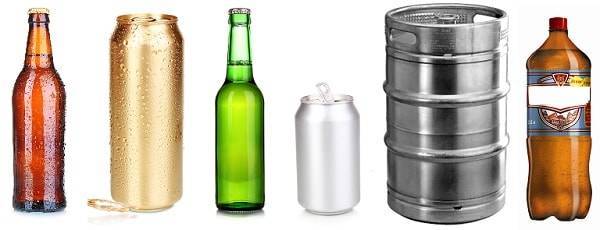
How long to store beer after opening the package?
After contact with air, beer begins to actively lose its taste. This is noticeable if you leave the poured glass for 15-20 minutes. Such a product will completely lose its quality.
If a plastic bottle has been opened and tightly closed back, then it cannot be considered sealed or close to this condition. It is not recommended to store the intoxicating drink in this form and it is advisable to consume it within an hour or two.
If an open bottle has not been finished, then after 3 days its contents can be considered unfit for consumption. Drinking it is dangerous, as it can cause health problems.
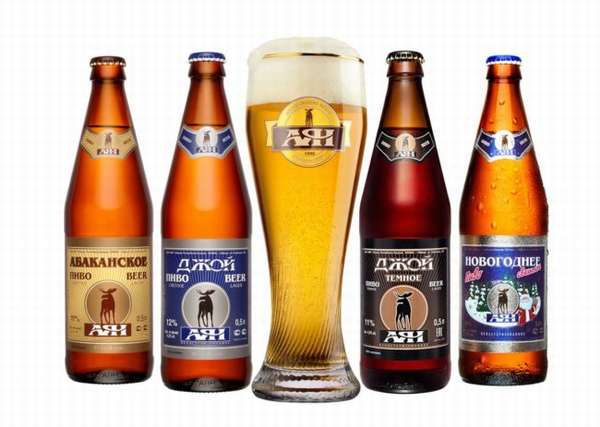
It should be remembered that during the production of plastic in which alcoholic beverages are stored, a special substance is formed - dibutyl phthalate. With prolonged contact with alcohol, this poison enters the liquid. Then the toxic substance accumulates in the human body and can cause hormonal disruptions, as well as disruption of the liver and kidneys.


